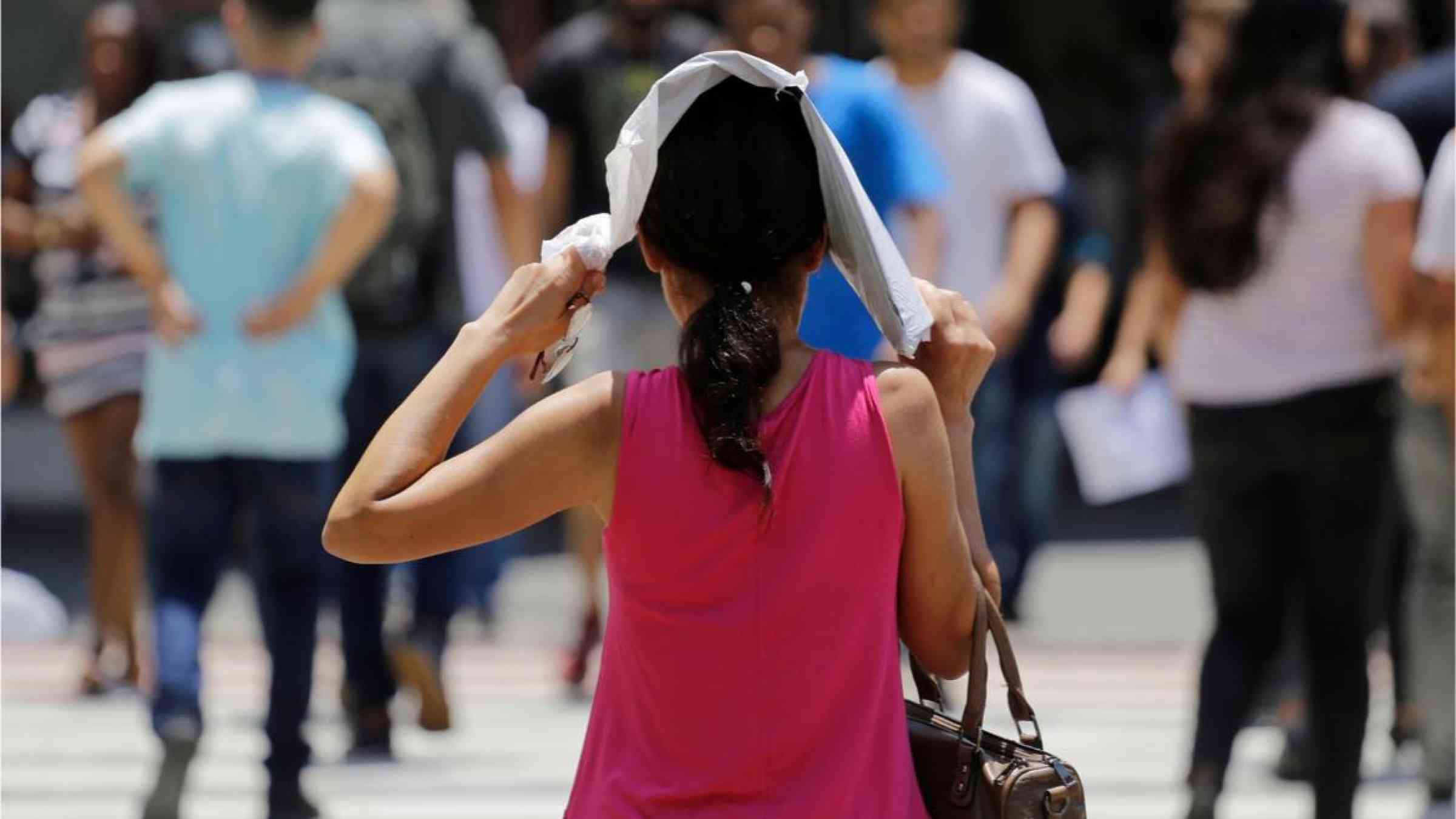More heat waves and fewer cold waves are the new normal in India

Human influence on the climate system is unequivocal. Human-caused (anthropogenic) climate change has caused roughly 1 degrees Celsius increase in global average surface temperature since the pre-industrial era. Climate change has worsened the frequency, intensity, and impacts of some of the weather events such as heat waves and cold waves. Heat waves and cold waves have severe adverse impacts on agriculture, human health, and industrial production. Heat waves have become more common in summer in the recent decade while cold waves have less so common in winter in the recent decade in India.
A study led by Aninda Bhattacharya (Student of Master of Science in Ocean and Atmospheric Sciences, 2020-2022 Batch) used daily maximum temperature and minimum temperature data from 1970 to 2019 to investigate the trend in the frequency of occurrence of days with anomalously high temperatures (referred to as heat waves) and days with anomalously low temperature (referred to as cold waves) over different climatic regions of India. India has broadly four major climatic zones; 1. Montane (climate is harsher, with lower temperatures in mountainous regions), 2. Subtropical humid climate, 3. Arid and semi-arid climate and 4. Dry and wet tropical climate.
Bhattacharya et al. found that days with anomalously higher temperatures are increasing during summer every year while the days with anomalously lower temperatures are decreasing during winter every year. The occurrence of anomalously higher temperatures for consecutive three days or more is referred to as a heat wave event. The authors found that heat wave events are increasing at the rate of 0.6 events per decade. The occurrence of anomalously lower temperatures for consecutive three days or more is referred to as a cold wave event. The authors found that cold wave events are decreasing at the rate of 0.4 events per decade.
Authors point out opposite trends in heat waves and cold waves. For instance, heat waves are more common over the arid and semi-arid climatic region while cold waves are less so common over the same region.
The authors also compared the current-generation computer models used to predict future climate with India Meteorological Department observations. Authors found that models fail to capture observed spatial features in the trend in the frequency of occurrence of heat waves and cold waves in toto over India. This underlines the need for a better process-level understanding of the factors governing these extreme events and their representations in the models over the Indian region.